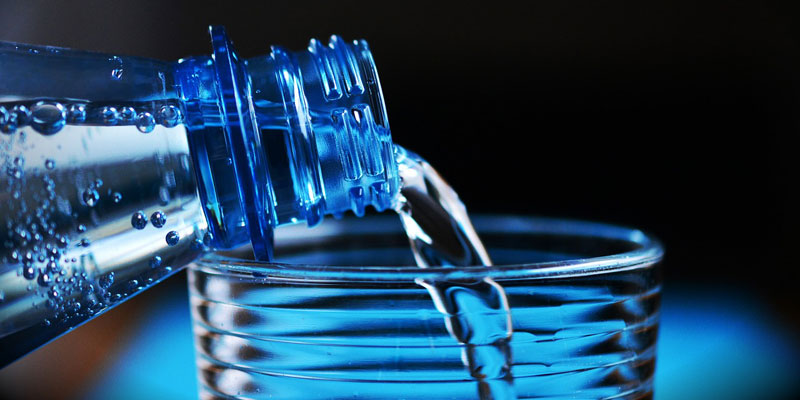Drinking Water Analysis

Although some 71 percent of the Earth´s surface is covered by water, only 2.5 percent of it is freshwater with low salt concentrations. An even smaller portion of the Earth’s water is suitable for drinking—and only then when purified. Groundwater and surface water from lakes and rivers, so-called raw water, is the most readily available resource for drinking water production, but it travels a long way before ending up in drinking glasses.
Specific chemical and physical properties make a major difference between potable and undrinkable water. The chemical composition of raw water depends on many locational factors such as vegetation, geological properties, surrounding production industries, mining operations, and seasonality, among others. These factors, in turn, determine the most suitable treatment required for water purification. To ensure effective treatment and the quality of drinking water produced, each step of the purification process must be monitored by reliable instrumentation using well-defined water quality parameters. The European Drinking Water Directive 98/83/EC, one of many water quality frameworks used worldwide, defines maximum permissible values for a wide range of parameters, among these microbial, chemical, and indicator parameters that must be analyzed regularly.
Defining drinking water quality
Determination of oxidizability and disinfection byproducts by TOC measurement

One indicator parameter for water quality is total organic carbon (TOC), for which no limiting value or criterion has been defined in directive 98/83/EC, but which can be considered as a cautionary warning for action under unusual circumstances. Another indicator is the oxidizability parameter, a measure of the sum of all chemically oxidizable organically bound compounds present in water. While not a direct cause for concern, it can lead to re-germination or undesirable disinfection by-products. Oxidizability is proportional to the sum of organically bound carbons that are determined as Dissolved Organic Carbon (DOC) and can therefore be replaced by TOC measurement.
Analysis of Tap water and Drinking Water by ICPMS-2030

Drinking water, is regarded as the most important food/ drink and should be free from contaminants, pleasant to drink and pure. The normal daily water consumption of adults is around 2 liters. According to drinking water regulation the levels of essential element concentrations such as sodium and calcium as well as heavy metals and trace elements such as arsenic and lead needs to be determined using ICPMS-2030 inductively coupled plasma mass spectrometry.
Analysis of Na, K, Ca and Mg in mineral water using Microsampling method

The control of Na, K, Ca and Mg in a variety of water- and mineral water samples has been performed according to the actual DIN/EN regulations such as DIN EN ISO 7980-E3-1. The system configuration consists of the Shimadzu atomic absorption spectrophotometer AA-7000 together with autosampler and microsampling accessory allowing a fully automatic multi element sequence for the analysis of 4 elements in flame atomization.
Automatic, simultaneous and rapid analysis of pesticides in drinking water, surface, and underground water by online SPE and UHPLC-MS/MS

Pesticides are used for crops protection but their intensive use and their slow natural degradation makes them serious contaminants for surface water, underground water, and drinking water. The quantification of 272 pesticides in water is performed using a SPE-UHPLC-MS/MS from Shimadzu. The performance of the method was evaluated on surface, underground and drinking water. Excellent results were obtained independently of the matrix . The obtained LLOQs fits the requirements of the EU guidelines.
High-Sensitivity Analysis of Nonylphenol in River Water Using GC-MS/MS

MNonylphenol (NP) is used as a raw material for the production of surfactants, and as an antioxidant used to protect rubber and plastics, etc. However, in recent years, it has been specified as a substance that can cause endocrine disruption in the environment. NP can theoretically exist as 211 structural isomers. Among these, the main component that is generated by the reaction of nonene (trimer of propylene) with phenol is the branched 4-nonylphenyl (4-NP).


